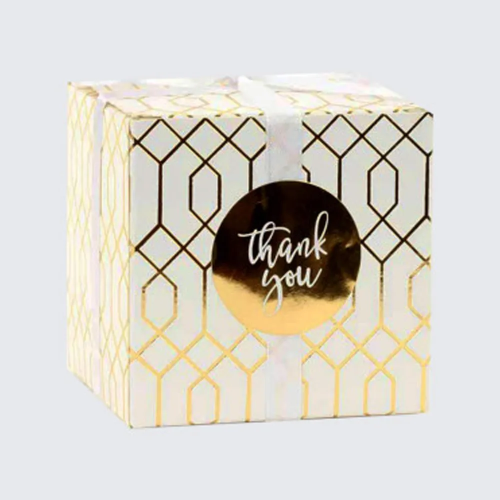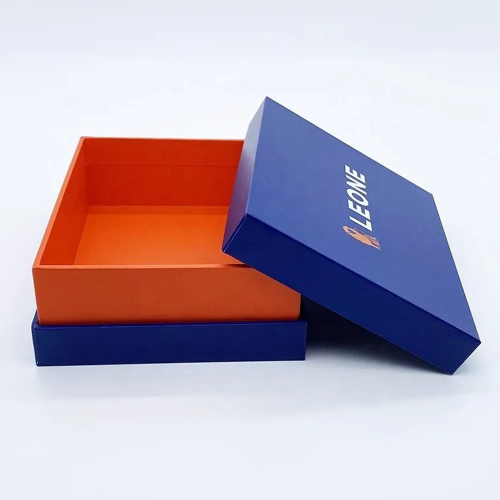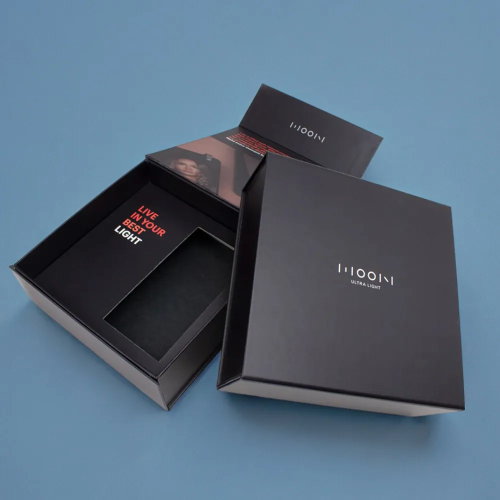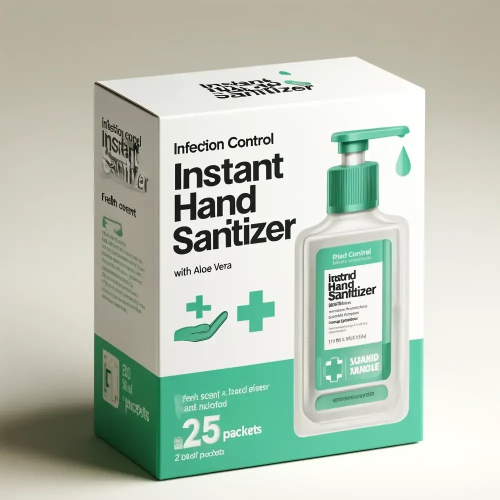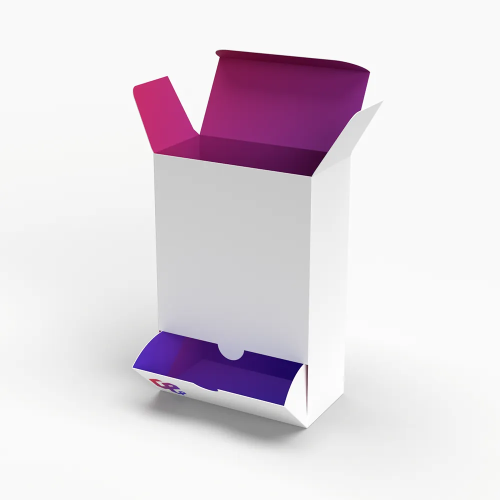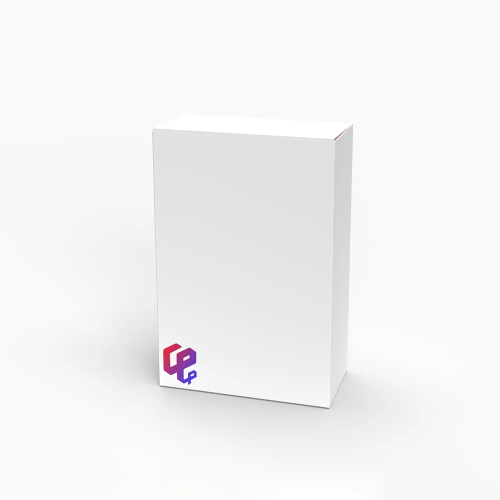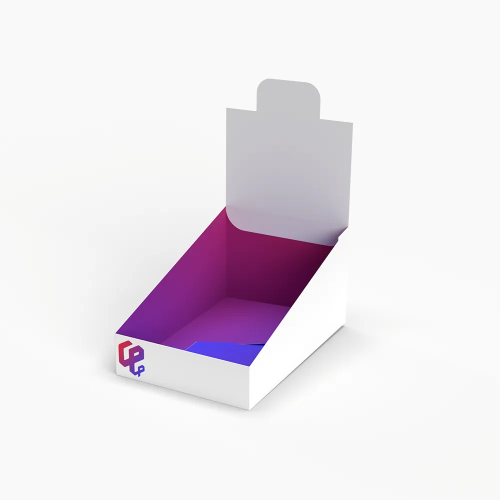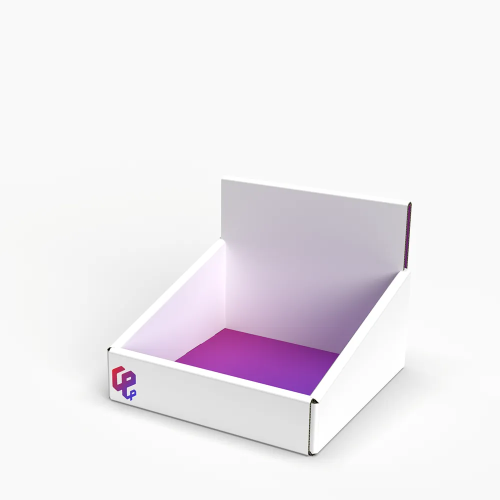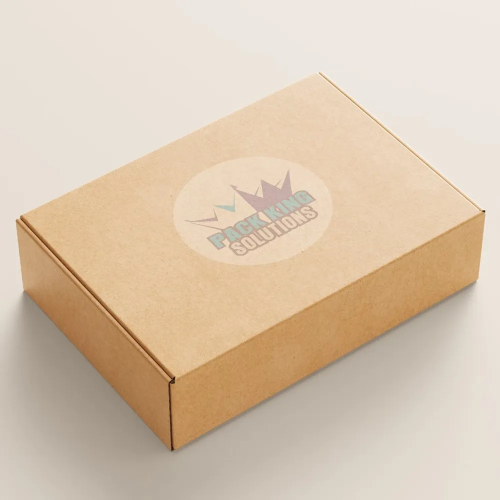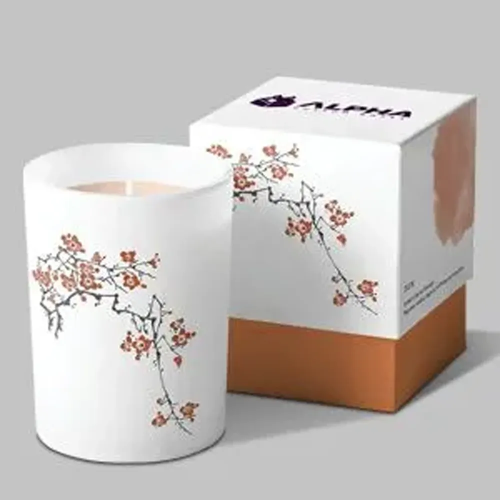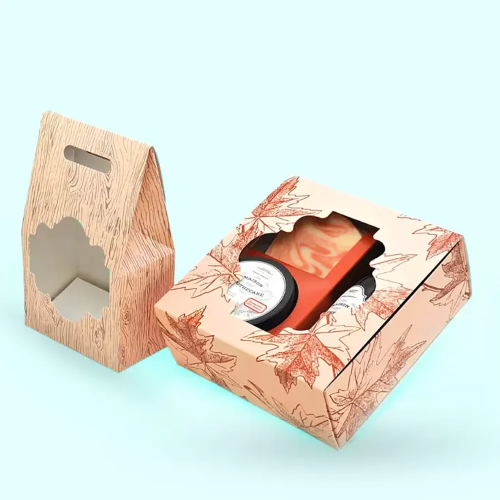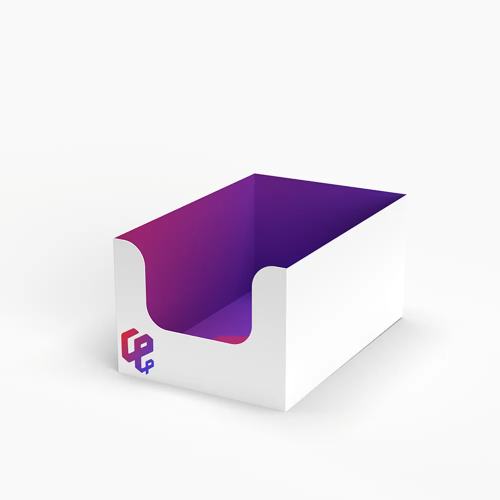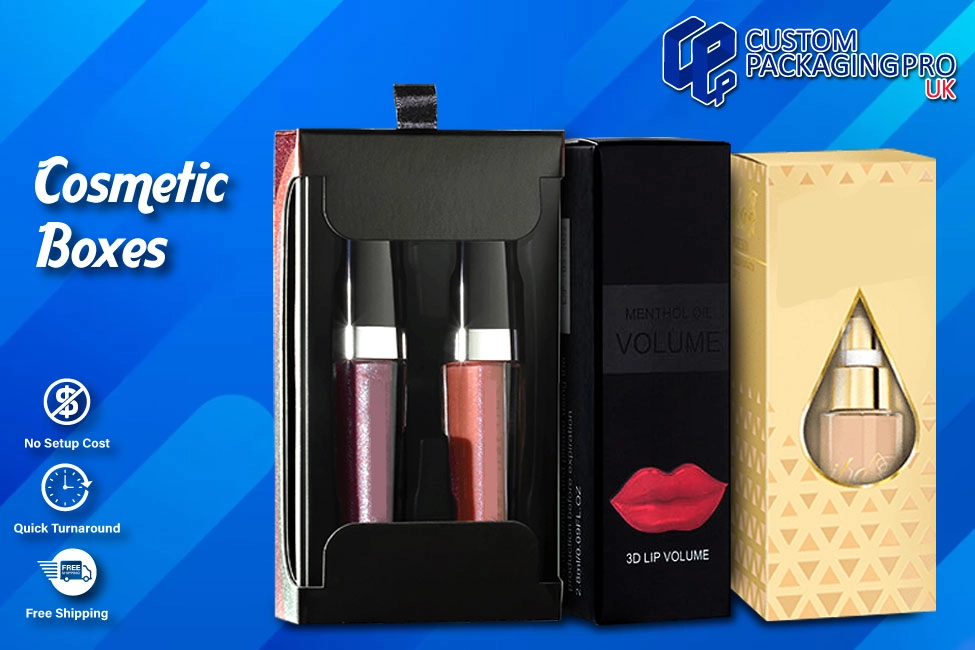Matchless Cosmetic Boxes to Beat the Competitive Market
March 13, 2024
Ensuring the product reaches the customer in perfect condition becomes possible through robust, well-designed boxes with inserts and compartments. They offer essential protection against damage, leakage, and contamination. Cosmetic Boxes are essential to the cosmetics industry since they are not merely product containers. They also have practical marketing tools that convey their values, identity, and qualities. Boxes meticulously come to safeguard the goods within, draw attention, exude elegance and simplicity, and eventually sway consumer choice. They act as a vital point of contact between brands and customers in a competitive market where aesthetic appeal and brand impression are critical.
Cosmetic Boxes to Make Your Work Unique
Protecting the goods inside a box is one of its primary purposes. Cosmetic products such as delicate eye shadow palettes and glass perfume bottles must remain wrapped to keep them undamaged in transit and on store shelves. Cosmetic Boxes communicate their identity and values to customers by acting as its face. The design, colour scheme, font, and images on the boxes shape their image and distinctive visual identity. For instance, a natural skincare brand may pick Eco-friendly materials and earthy tones to communicate its devotion to sustainability and organic ingredients. In contrast, a high-end luxury brand may choose sleek, minimalist packaging with metallic elements to indicate sophistication and exclusivity.
Cosmetic Boxes to Gain the Trust of Your Customers
Visually appealing packaging can make all the difference in a crowded store shelf and online platform where multiple products are fighting for attention. Vibrant hues, captivating images, and creative designs might entice buyers to pick up the goods and find more information. Furthermore, handling well-designed packaging can arouse excitement and anticipation, raising their perceived worth even more. Cosmetic Boxes are far more than just coverings for things. They function as a channel for informing customers about crucial details regarding the merchandise. Labelling must be clear and concise to comply with regulations and gain the trust of customers who value authenticity and openness when making purchases.
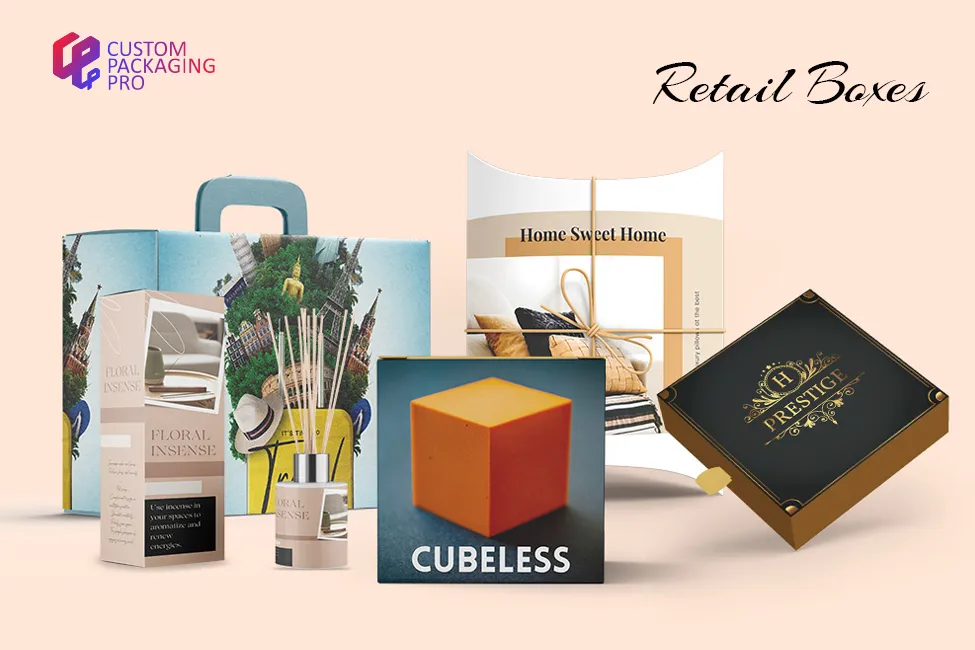
Retail Boxes to Impact the Customer Buying Decision
The boxes play a vital role in packaging, branding, and marketing, making them an essential component of the consumer experience. As their initial point of contact with a prospective buyer, Retail Boxes play a crucial role in creating a lasting impression and influencing buying decisions. The appearance and use of a product are crucial in the cutthroat retail industry, as brands compete for attention. Protecting the goods while it is being stored, transported, and shown is one of their primary purposes. Proper packaging guarantees that fragile, perishable, and delicate technology products arrive at their location undamaged. They protect the product from collisions, vibrations, and environmental elements. They could harm it by offering structural integrity and cushioning.
Retail Boxes to Convey Your Brand Message Fast
In addition to maintaining their quality, this protective feature increases consumer pleasure by delivering the goods in ideal condition. Retail Boxes are not only protective but also effective branding instruments. They serve as a medium for visual storytelling that reflects their character, values, and identity. Thus, they effectively convey brand messaging. They create a lasting impression on store shelves by utilising well-chosen design components like colours, logos, graphics, and typography. Consumer trust and loyalty increase when brands are consistently branded throughout the packaging. Additionally, creative packaging designs can set products apart in congested marketplaces and draw attention, giving firms a competitive edge.
Retail Boxes Created According to the Nature of Products
Packaging customisation is essential because it enables firms to create boxes that precisely match product requirements and branding guidelines. Retail Boxes are made of various materials, sizes, and shapes, including plastics, recycled and biodegradable materials, and sustainable substitutes like cardboard, paperboard, and corrugated fiberboard. Many factors, including their nature, weight, durability requirements, and environmental considerations, influence the choice of material. Furthermore, customisation encompasses printing methods, decorations, and finishes. They allow firms to design aesthetically pleasing packaging that complements the tastes of their target market and their brand aesthetics. They are essential to provide a tactile and unforgettable unpacking experience in the age of e-commerce. Thus, online purchasing is becoming increasingly common.
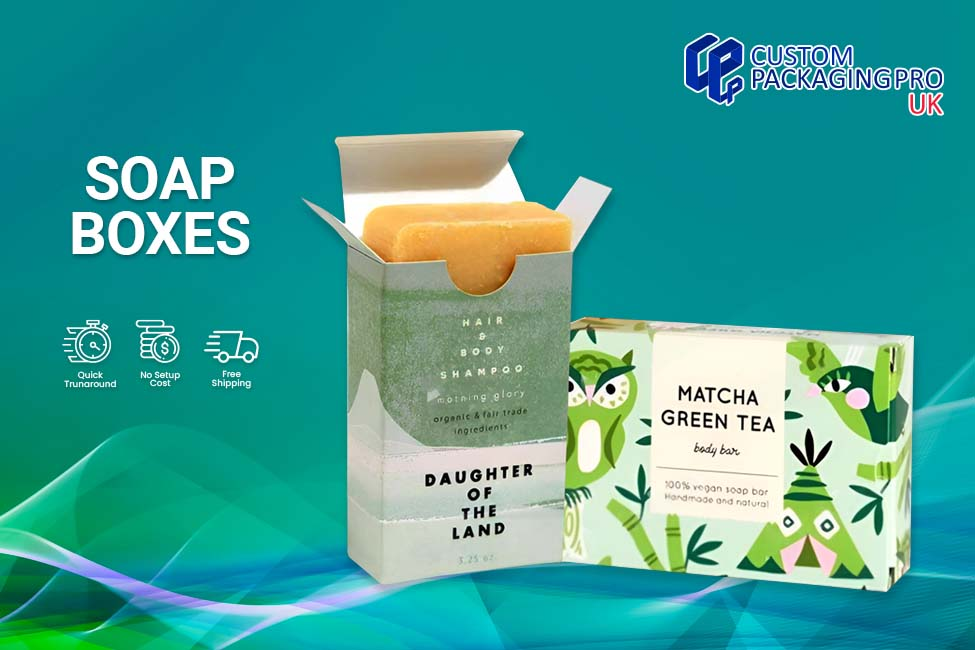
Soap Boxes Will Promote Sustainability and Values
Beyond just being a container, boxes serve as vital marketing tools that shape customer behaviour and brand impression. Soap Boxes and their function in retail is diverse, ranging from safeguarding merchandise to communicating brand identity and improving the unboxing experience. To differentiate themselves in the competitive retail market and establish lasting relationships with consumers, firms must prioritise creativity, innovation, and sustainability in their packaging strategy. They have many other uses besides protecting and preserving the goods, their primary objective. Soap packaging significantly impacts how consumers perceive the product and decide what to buy, from branding and marketing to sustainability and user experience.
Soap Boxes Remain Designed in a Perfect Shape and Style
Consumer products are almost always wrapped, and soap is no exception. Soap Boxes are primarily helpful in ensuring the product remains delivered to customers in perfect shape. Whether it is a bottle of liquid soap and a bar of handmade soap made by hand, the packaging must offer sufficient defence against environmental factors. They include moisture, sunshine, and physical damage while transported and stored. While liquid soaps usually remain stored in bottles and containers made of plastic, glass, and occasionally even metal, bar soaps frequently remain wrapped in materials like paper, cardboard, and plastic film. In addition to providing security, they are an effective branding and marketing tool. Their identity and values remain communicated through packaging design, which is vital in a crowded market where many businesses compete for attention.
Soap Boxes for an Attention-Grabbing Impact to Boost Sales
Bright colours, attention-grabbing images, and unique logos are frequently utilised to set one brand out from another and leave a lasting effect on customers. Product descriptions, usage guidelines, and other pertinent information may also remain included in the packaging to assist customers in making educated decisions. Soap Boxes can support initiatives aimed at environmental preservation and sustainability. The awareness of how packaging materials affect the environment drives demand for environmentally suitable substitutes. In response to this need, several soap producers are using packaging materials that are recyclable, biodegradable, and compostable, such as cardboard, paperboard, and even cutting-edge materials made from agricultural waste and ocean plastics.
FAQs
What are cosmetic boxes and why are they important?
Cosmetic Boxes are packaging designed specifically for beauty products. They protect the product and help it look appealing so customers notice it quickly.
2. How do cosmetic boxes help my brand stand out?
Unique and creative Cosmetic Boxes with your logo, colours, and stylish design make your products more memorable and help you beat competitors.
3. Do cosmetic boxes protect products during shipping?
Yes! Good Cosmetic Boxes keep fragile items like creams or makeup safe from damage, dust, and moisture during storage and shipping.
4. Can cosmetic boxes boost customer trust and buying?
Absolutely, well-designed Cosmetic Boxes that look high quality give buyers confidence in your products and can increase sales.
5. Are there eco-friendly cosmetic box options?
Yes, many brands use recyclable, biodegradable, or plant-based materials in Cosmetic Boxes to appeal to environmentally conscious customers.
6. How can cosmetic boxes improve the customer experience?
Cosmetic Boxes with thoughtful design, easy opening, and helpful info (like ingredients) make customers feel valued and enhance their experience.
